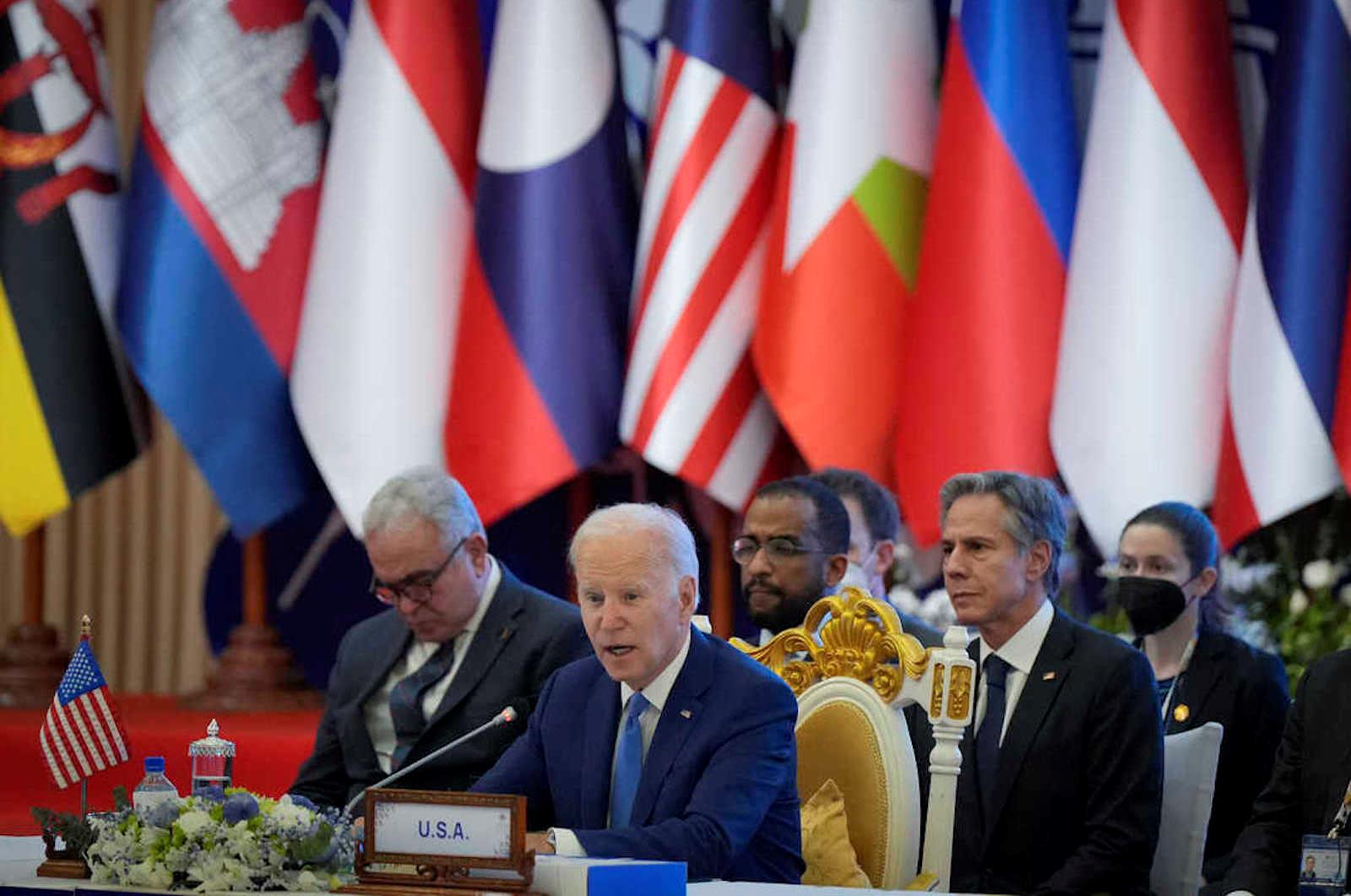(MENAFN- Asia Times) BANGKOK – A century ago, American humorist Robert Benchley quipped that there are“two classes of people in the world; those who constantly divide the people of the world into two classes, and those who do not.” Thomas Parks does not.
In a new book,“Southeast Asia's Multipolar Future: Averting a New Cold War” (Bloomsbury), Parks challenges those who divide the Indo-Pacific into two poles – one Chinese, the other American – and who argue, therefore, that Southeast Asia must divide the bulk of its attention between them. Instead of two poles, he sees many.
Parks also implies frustration with Southeast Asian countries themselves, which, by continually imploring China and thenot to pressure them into choosing one over the other, unwittingly contribute to the bipolar conception. If there are more than two poles, then there are more than two choices.
While conceding that China and theare the heavyweights, Parks contends that they are trending toward“strategic parity”, such that neither is likely to establish hegemony in the region.
Far from resulting in gridlock or geopolitical inertia, however, he argues the opposite: an“opening for the second tier of actors in the region to have outsized influence” – for middle and regional powers to act as additional poles.
Moreover, among the key causes of great power parity in the region is Southeast Asia itself, whose collective voice speaks for even its smallest members and is increasingly heard in Beijing, Washington and elsewhere.
This is done via the ten-member Association of Southeast Asian Nations (ASEAN). Home to the world's fifth-largest economy and third-largest population, the region has proven a pole in its own right by keeping China and theon either side of an open door.
These auxiliary poles – principally Australia, the EU, France, India, Japan, Russia, South Korea, and the UK – vary greatly in size, strength and geopolitical magnetism vis-à-vis ASEAN and its member states. But the point is their sheer number and the options they represent for, and present to, the region. And they are here to stay.
The framework tlaid, Parks immediately sets about the foundation of his argument with a chapter on Southeast Asia's“Unseen Agency”, whose title acknowledges the idea's many skeptics.
Expertly linking relevant concepts such as balancing, bandwagoning, and hedging to recent examples, Parks details the ways in which regional states are playing“defense” against the sometimes heavy-handed tactics of China and the US.
He also does this by referencing history, showing that the Cold War's near-total alignment of regional states with one side or the other was actually a short-lived departure from centuries of negotiating great power pressure. Southeast Asia was making use of these concepts before they were concepts.

Among the book's major insights is its illustration of the region's recent“offensive” moves, the most effective of which is the foof a chapter on“Diversifying Partners.”
Both individually and as a regional pole/bloc, Southeast Asian countries are doubling down on the“multipolarity” they have helped create by reapportioning their foreign policies to include more middle and regional powers.
And as with any portfolio whose diversification exceeds new resources, this has mitigated risk against a day of reckoning between China and thewhile enabling new opportunities for expanding relations elsewhere.